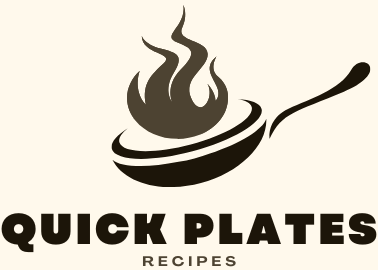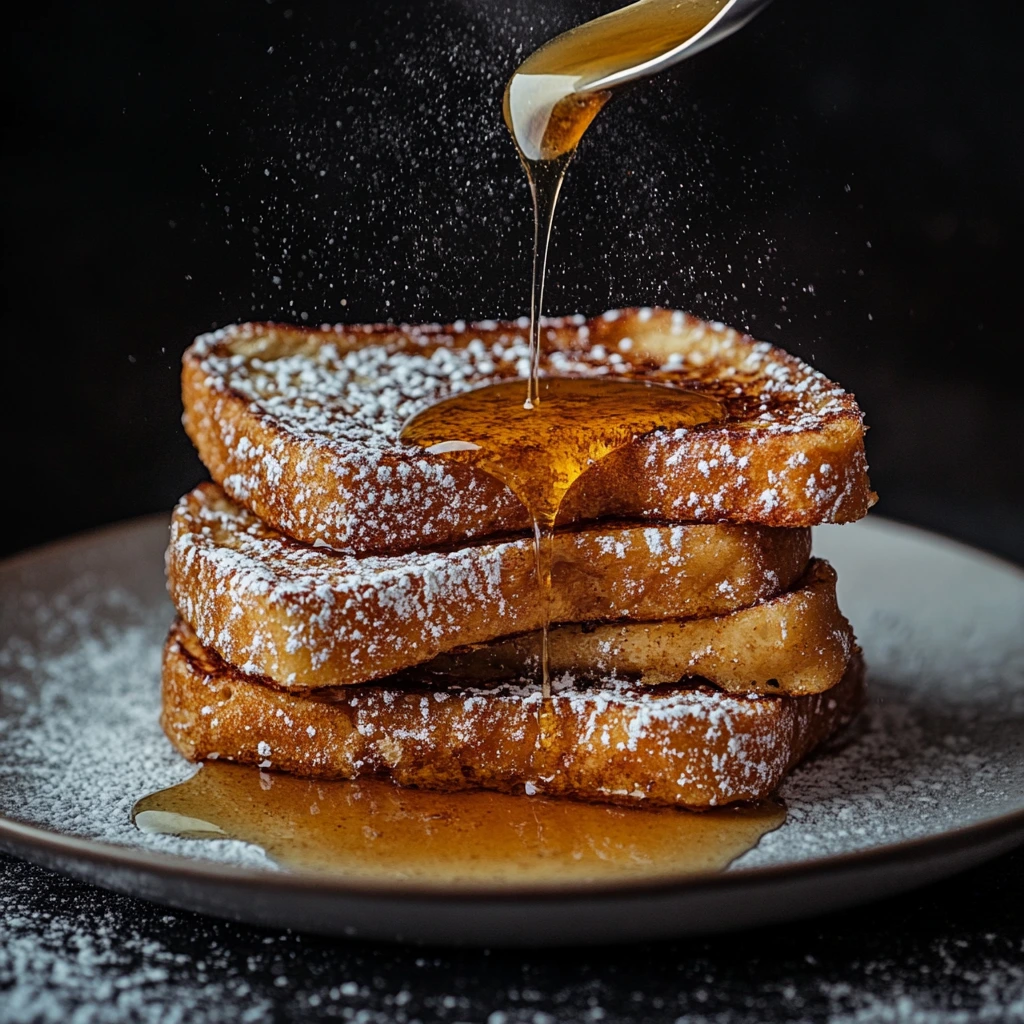French Toast is a timeless breakfast favorite that’s loved for its versatility and comforting flavor. Whether you’re craving a classic version or experimenting with new twists, mastering the perfect French Toast is key. With the right bread, egg mixture, and toppings, you can transform this simple dish into something heavenly. In this post, you’ll discover tips for making French Toast with a crispy golden exterior and fluffy inside. We’ll also explore creative variations, healthy options, and common mistakes to avoid. Get ready to craft the best French Toast you’ve ever had!
The Secret to Perfect French Toast
Choosing the Right Bread for French Toast
The bread you use plays a huge role in the final texture and flavor of your French Toast. Opt for thick, sturdy slices that won’t fall apart when soaked. Brioche is a top choice—it’s soft, buttery, and gives a rich taste. Challah also works well, offering a slightly sweet flavor. For a more traditional approach, French bread or sourdough can add a nice crunch and chewiness.
Avoid using regular sandwich bread, as it can get soggy too quickly. The best breads have a slightly dense texture that soaks up the egg mixture without losing structure. If you’re looking for a healthier option, whole grain or gluten-free bread can be used, though they may have a different texture. The key is to choose a bread that complements the creamy egg mixture and gives you that perfect balance of crispy and soft.
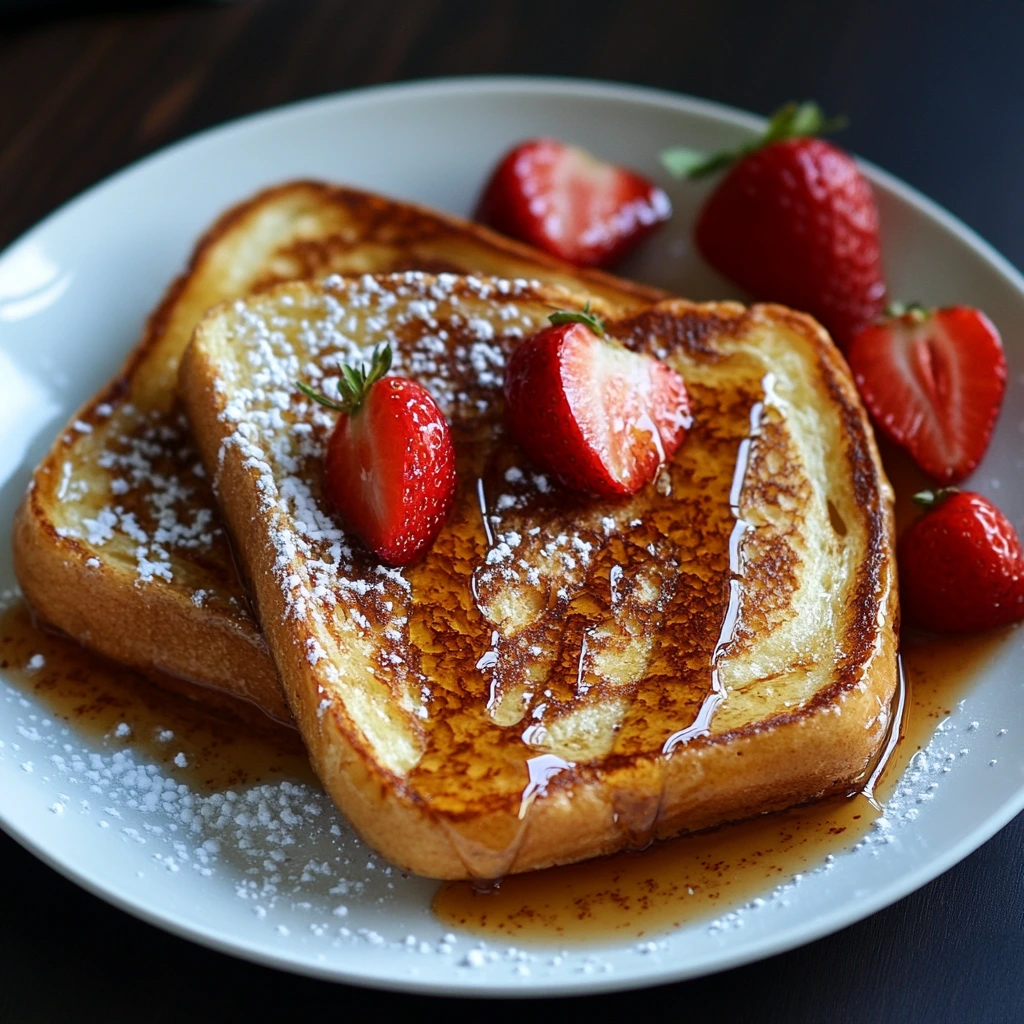
The Perfect Egg Mixture
A good egg mixture is essential for achieving the perfect French Toast. Start with eggs and milk in a 1:1 ratio. This creates a rich, creamy texture. For extra flavor, add a pinch of cinnamon or vanilla extract. These ingredients bring warmth and sweetness to the dish.
To thicken the mixture, you can add a tablespoon of heavy cream or half-and-half. This will create a custard-like texture that soaks into the bread without making it soggy. You can also experiment with sugar or maple syrup for a touch of sweetness.
Make sure to whisk everything well until smooth. The right consistency should coat the back of a spoon, allowing it to stick to the bread evenly. This will give you that perfect golden-brown exterior with a soft, custardy interior.
The Right Cooking Technique
The cooking technique is crucial for getting the perfect French Toast. Start by preheating a non-stick skillet or griddle over medium heat. Add a small amount of butter or oil to prevent sticking and ensure a golden crust.
Dip your bread into the egg mixture, ensuring it’s evenly coated but not soaked. Then, place it on the hot surface. Cook each side for about 2-3 minutes or until golden brown. Don’t rush it—cooking on medium heat prevents burning while ensuring the inside stays soft and fluffy.
Avoid crowding the pan. If you’re making multiple slices, cook them in batches to ensure each piece gets enough heat. Flip the bread only once, allowing a crisp exterior to form without losing the fluffiness inside. This method will give you the perfect balance of texture and flavor.
Must-Have French Toast Toppings to Elevate Your Dish
Classic Maple Syrup vs. Homemade Syrup
Maple syrup is a classic topping for French Toast. Its rich, natural sweetness pairs perfectly with the crispy edges and soft center. Look for pure maple syrup for the best flavor. Avoid imitation syrup, which contains additives and artificial sweeteners.
However, homemade syrup can offer a unique twist. You can make it by combining sugar, water, and a splash of vanilla extract. For a richer taste, try adding butter or a touch of cinnamon. Simmer the mixture until it thickens, creating a warm, indulgent sauce.
Homemade syrup allows you to control sweetness and flavor, making it customizable to your preferences. Whether you choose maple syrup or a homemade version, both add a comforting touch to your French Toast. The decision comes down to personal preference—classic or creative!
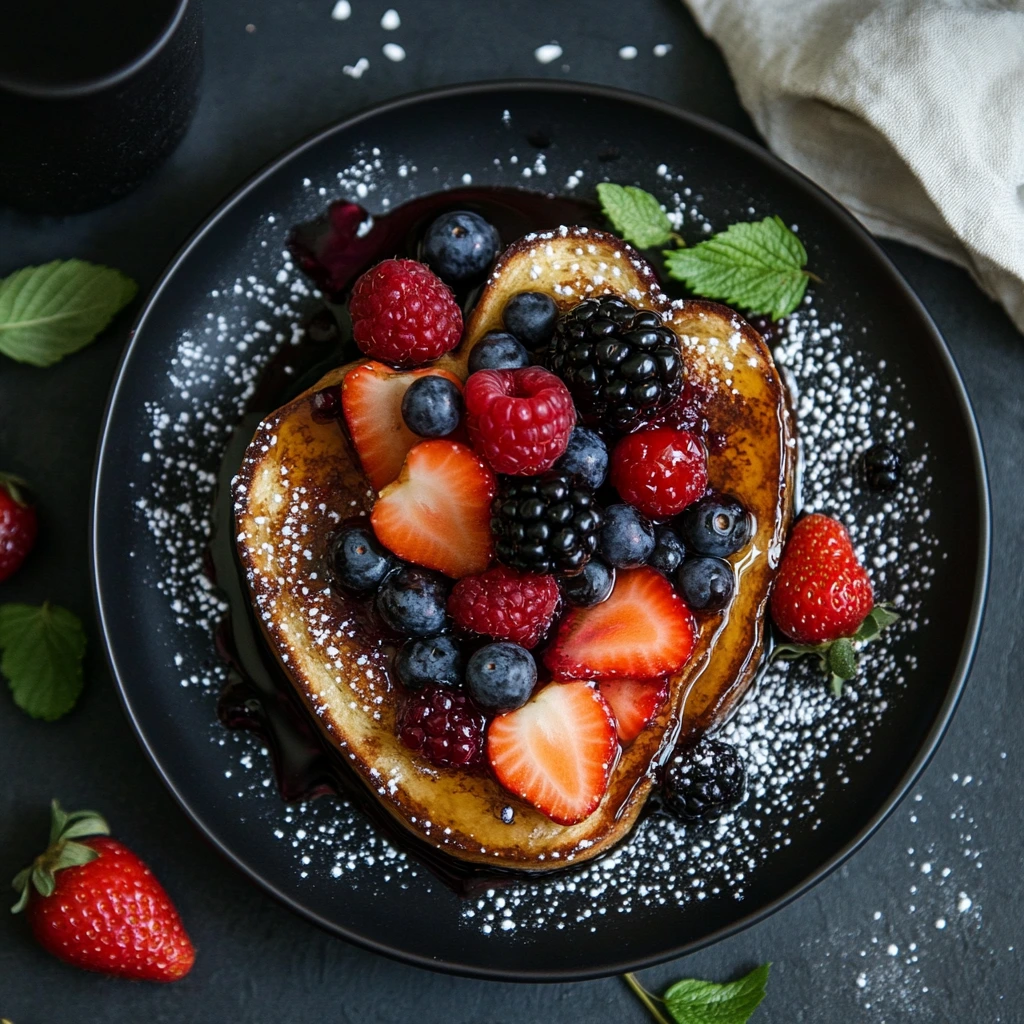
Fresh Fruits & Berries with French Toast
Fresh fruits and berries make an excellent topping for French Toast. They add natural sweetness and a refreshing contrast to the rich, eggy flavor. Berries like strawberries, blueberries, and raspberries are popular choices. Their vibrant colors also enhance the dish visually.
You can mix several fruits together for a colorful medley. Bananas add a creamy texture, while kiwi gives a tangy twist. For an extra touch, drizzle a little honey or sprinkle powdered sugar over the top.
Adding fruit not only improves the taste but also boosts the nutritional value of your meal. They provide vitamins, antioxidants, and fiber, making your breakfast more satisfying and healthy. Fresh fruits elevate your French Toast, making it a delightful, balanced dish.
Whipped Cream & Nutella
For a decadent French Toast experience, whipped cream and Nutella are unbeatable toppings. Whipped cream adds a light, airy texture and creamy sweetness that complements the crispy toast perfectly. You can make it from scratch with heavy cream and a touch of sugar or use store-bought for convenience.
Nutella, a rich chocolate-hazelnut spread, is a favorite indulgence. Its creamy, sweet flavor pairs beautifully with the soft interior of French Toast. Simply spread a generous layer on top or drizzle it over the toast for a luscious finish.
Both toppings bring an extra level of indulgence to your meal. For an even richer experience, combine whipped cream with Nutella. The combination offers the best of both worlds—light and fluffy with a sweet, chocolaty kick. Whether for special occasions or indulgent weekends, these toppings elevate your French Toast to new heights.
Creative French Toast Variations for Every Taste
Cinnamon French Toast
Cinnamon French Toast is a warm, comforting variation that adds depth to the classic recipe. Simply mix cinnamon and a touch of nutmeg into your egg mixture. This creates a sweet, aromatic flavor that infuses every bite.
For an extra kick, you can also sprinkle cinnamon sugar on top after cooking. The sweet, spicy dust enhances the crispy texture, making each bite irresistible.
Cinnamon French Toast pairs well with a variety of toppings, from fresh fruit to syrup. The spice not only enhances the dish but also provides a cozy, homey feel. If you prefer a stronger cinnamon flavor, try adding more to the egg mixture or dusting the toast generously after cooking. This variation is perfect for those who love a little extra warmth and sweetness in their breakfast.

Vegan French Toast
Making Vegan French Toast is easy and just as delicious as the classic version. Start by replacing eggs with flaxseed meal or aquafaba (the liquid from canned chickpeas) to create the perfect custard-like texture. Mix this with plant-based milk, such as almond or oat milk, along with a dash of cinnamon and vanilla extract.
For extra richness, you can add a little maple syrup to the egg substitute. Dip your bread (opt for vegan-friendly bread) into the mixture, ensuring it’s well-coated. Cook the toast on medium heat with a little vegan butter for a golden, crispy finish.
Top your Vegan French Toast with fresh fruit, a drizzle of maple syrup, or even a dollop of dairy-free whipped cream. This vegan version delivers the same satisfying taste and texture, making it a perfect breakfast for plant-based diets.
French Toast Casserole
French Toast Casserole is a great make-ahead option, perfect for serving a crowd. Start by cubing your bread (stale bread works best) and placing it in a greased baking dish. Then, prepare a custard mixture using eggs, milk, vanilla extract, and cinnamon. Pour the mixture over the bread, making sure each piece is soaked.
For added flavor, sprinkle brown sugar and nutmeg on top. Cover the casserole and refrigerate overnight to let the flavors meld together. The next morning, bake it at 350°F (175°C) for about 40-45 minutes.
The result is a warm, fluffy French Toast casserole with crispy edges and a soft, custardy center. You can top it with fresh fruit, maple syrup, or even a dollop of whipped cream. This easy dish is perfect for brunches, holidays, or any time you want a comforting, crowd-pleasing breakfast.

Healthy French Toast Options for a Guilt-Free Indulgence
Whole Grain and Gluten-Free Bread Alternatives
If you’re looking for healthier bread options for French Toast, whole grain and gluten-free breads are excellent choices. Whole grain bread adds extra fiber and nutrients, making it a more filling and nutritious option. It also has a slightly nutty flavor that complements the sweetness of French Toast.
For those following a gluten-free diet, gluten-free bread is a great substitute. Many brands offer options made from rice flour, almond flour, or sorghum flour, which provide a unique texture and taste. Keep in mind, gluten-free bread can sometimes be denser, so it might need extra soaking time.
Both alternatives can be used in the same way as traditional bread. They soak up the egg mixture beautifully and still result in a crispy, delicious French Toast. Just remember, you might need to adjust your cooking time for the different textures.
Low-Calorie Toppings
If you’re looking to enjoy French Toast without overindulging, try low-calorie toppings that still add flavor. Fresh fruit is a great option, providing natural sweetness and vitamins without many calories. Berries, like strawberries, blueberries, or raspberries, are especially low in sugar and high in antioxidants.
For a creamy touch, consider using Greek yogurt. It’s high in protein and lower in calories compared to traditional whipped cream. You can add a drizzle of honey or maple syrup, but use it sparingly to keep the calorie count down.
Another option is cinnamon and stevia or another natural sweetener. These can give you that sweet, spiced flavor without the added sugar. By focusing on fresh, wholesome toppings, you can enjoy a healthier version of French Toast that still tastes delicious.
Sugar-Free and Vegan French Toast
Making sugar-free and vegan French Toast is easier than you might think. To start, replace the eggs with flaxseed meal or chia seeds mixed with water. These act as a binding agent, giving the French Toast a similar texture to the traditional recipe.
For the milk, use any plant-based milk, such as almond, oat, or coconut milk. You can add cinnamon and vanilla extract for flavor without needing sugar. If you prefer some sweetness, try a sugar-free syrup or a few drops of stevia or monk fruit sweetener.
Choose vegan bread that is free from dairy and eggs. Many whole-grain or gluten-free breads are suitable. Cook the bread in a little coconut oil or vegan butter to achieve a crispy, golden exterior. This version offers all the comforting flavors of French Toast, without any added sugar or animal products.
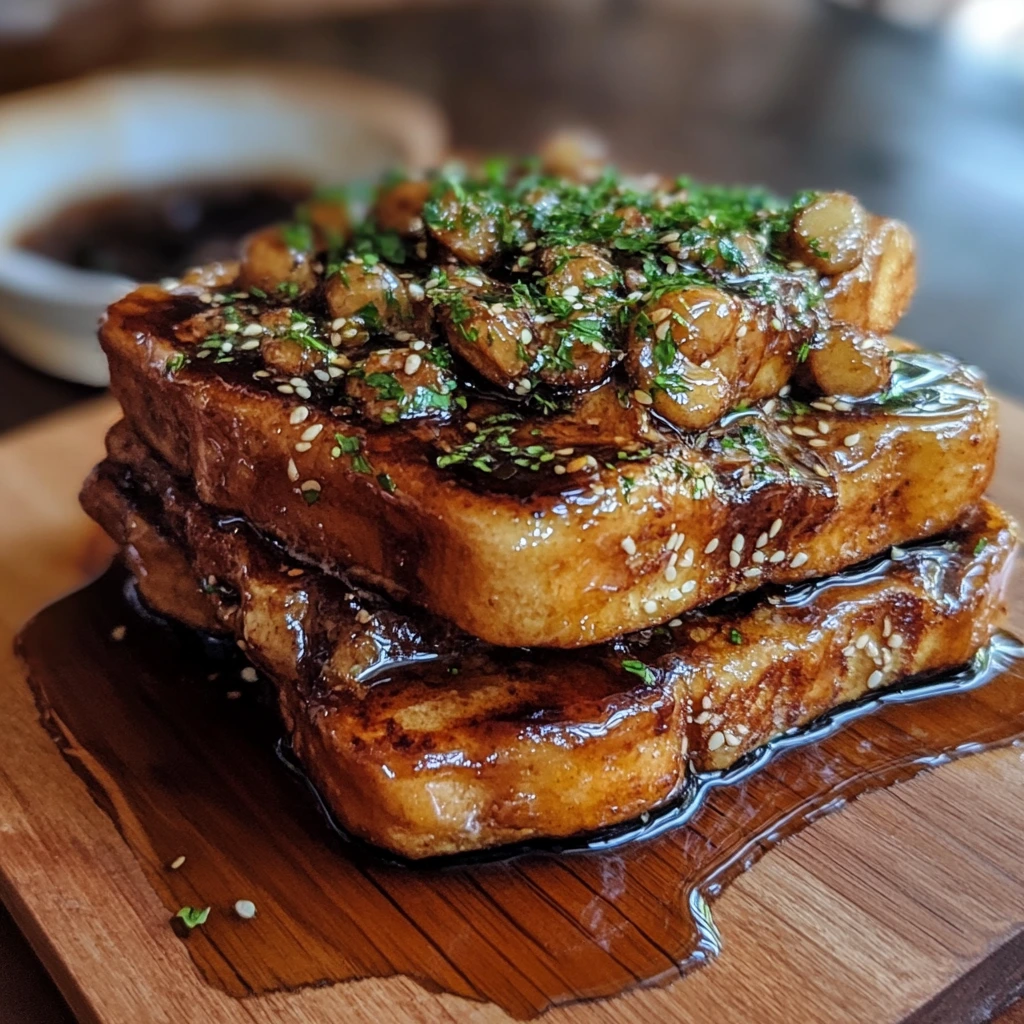
Common Mistakes to Avoid When Making French Toast
Over-soaking the Bread
One common mistake when making French Toast is over-soaking the bread. If you leave the bread in the egg mixture for too long, it can become soggy and lose its texture. The bread should absorb enough of the mixture to get a creamy interior but still hold its shape.
To avoid this, dip the bread quickly on both sides, ensuring it’s coated evenly but not soaked through. Bread that is too soft, like white sandwich bread, tends to soak up more liquid and is more prone to falling apart. Opt for sturdier breads like brioche or challah, which hold up better.
The right soaking time is key to achieving that perfect balance of crispy exterior and soft, custardy interior. Be mindful of how long the bread sits in the egg mixture to prevent it from becoming too mushy.
Cooking your French Toast on High Heat
Cooking on high heat is a common mistake that can lead to burnt French Toast. While you may be eager to cook quickly, high heat can burn the outside while leaving the inside undercooked. The result is a crispy exterior with a raw, soggy center.
To avoid this, cook your French Toast on medium heat. This allows the bread to cook evenly, giving you that perfect golden-brown crust while ensuring the inside becomes soft and custardy.
If your pan is too hot, lower the temperature to give the bread time to cook through. Using a non-stick skillet or griddle will also help evenly distribute heat. Always test one piece first to ensure the heat is just right. By cooking at the right temperature, you’ll achieve the ideal texture—crispy on the outside and fluffy on the inside.
Not Using Enough Butter or Oil
Not using enough butter or oil can result in French Toast that sticks to the pan or lacks a crispy texture. A thin coating isn’t enough to achieve the golden, crunchy exterior that makes French Toast so delicious.
For best results, add a generous amount of butter or oil to your skillet, ensuring it coats the entire surface. This helps prevent sticking and promotes even browning. Butter adds richness and flavor, while oil (such as vegetable or coconut oil) has a higher smoke point, preventing burning.
If you find your bread sticking, add a bit more fat and adjust the heat to medium. You want enough fat to create that crispy edge without the bread soaking in excess grease. By using enough butter or oil, your French Toast will have a satisfying, crisp texture that complements its soft interior.
Conclusion
In conclusion, mastering French Toast is all about balancing the right ingredients and techniques. Choose the right bread, perfect your egg mixture, and cook at the right temperature for the ideal texture. Experiment with toppings, from fresh fruit to whipped cream, and try creative variations like cinnamon or vegan French Toast.
Avoid common mistakes like over-soaking the bread or cooking on high heat. With these tips, you’ll be able to craft a heavenly breakfast that’s both satisfying and delicious. Happy cooking and enjoy your perfect French Toast!
